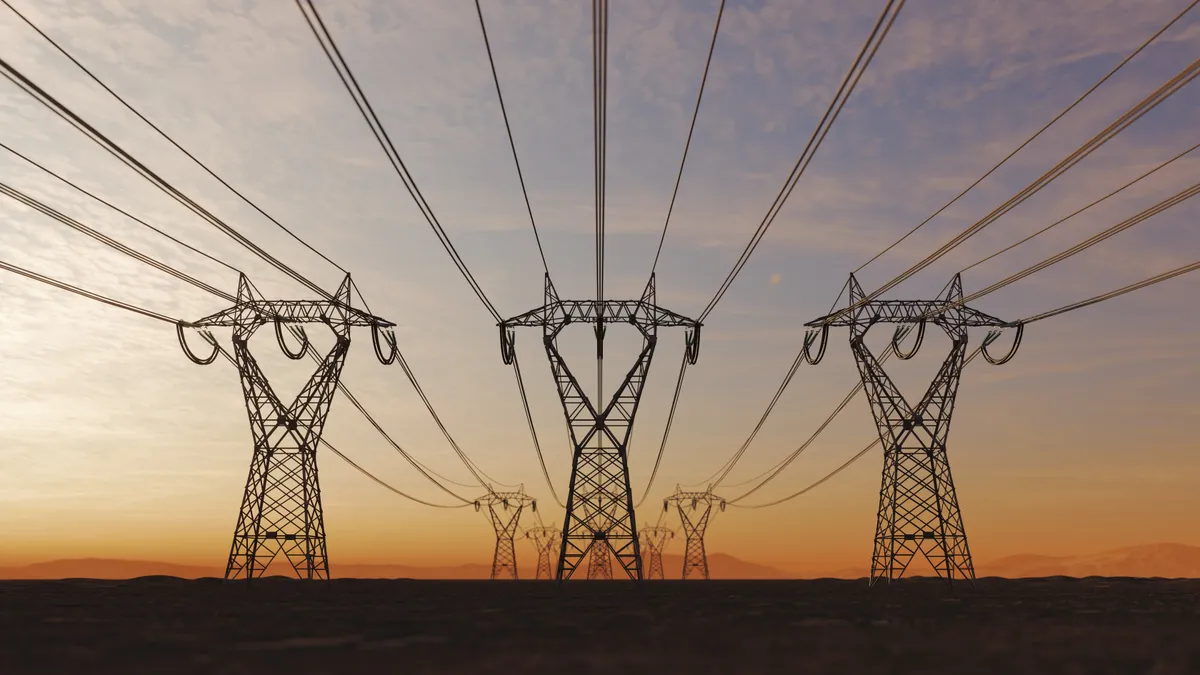The U.S. Department of Energy on Tuesday announced $34 million in funding to support a dozen projects focused on improving the nation’s power resilience by moving some grid infrastructure underground.
The projects span 11 states, and are being developed by small and large businesses, national labs, and universities. They are being funded through the Grid Overhaul with Proactive, High-speed Undergrounding for Reliability, Resilience, and Security program — aptly known as GOPHURRS — and managed by DOE’s Advanced Research Projects Agency-Energy.
Projects include multiple worm-inspired digging approaches, an artificial intelligence and aerial drone solution, ground penetrating radar and advances in cable deployment and splicing.
The U.S. electric system spans more than 5.5 million line-miles and contains over 180 million power poles, “all of which are susceptible to damage by weather and its effects, and account for a majority of power outages in the country each year,” DOE said. “Undergrounding power lines is a proven way of improving the system reliability for both transmission and distribution grids.”
Moving power lines underground can keep them functioning through storms and reduce the risk of sparking wildfires, but it is typically an expensive proposition. The California Public Utilities Commission surveyed investor-owned utilities and found the cost of undergrounding existing lines ranges from $1.85 million per mile to more than $6 million per mile in 2019 dollars.
DOE said the projects announced Tuesday will help to reduce the cost of moving lines underground, as well as increase the speed and safety of that work. Projects include:
- $3.7 million to GE Vernova Advanced Research for development of a “robotic worm tunneling construction tool” that can dig and install conduit and cables in a single step. The tool — called SPEEDWORM — could be deployed from a standard pickup truck, according to a DOE list of projects tapped to receive funding;
- $4 million to RTX Technology Research Center for development of a mobile sensing platform using radar approaches based on quantum radio frequency sensing, together with artificial intelligence, to locate existing utility lines;
- $4.5 million to Prysmian Cables & Systems USA for a hands-free power cable splicing machine that could fit into a utility access hole and use laser cutting and a vision system augmented with machine learning; and
- $3.75 million to the Pacific Northwest National Laboratory for development of an artificial intelligence system for processing geophysical survey data into digital twin and augmented reality to identify existing utilities and other subsurface obstacles before installing underground power distribution lines.
“DOE is supporting teams across the country as they develop innovative approaches to burying power infrastructure underground — increasing our resilience and bringing our aging grid into the 21st Century,” Secretary of Energy Jennifer Granholm said in a statement.
The Advanced Research Projects Agency-Energy focuses on high-impact energy technologies that are too early for private-sector investment. On Thursday, it announced up to $30 million in funding is available to improve the sustainability and commercial viability of fusion energy. And in December, it made $38 million available to enable transportation and storage of renewable energy through carbon-containing liquids.















